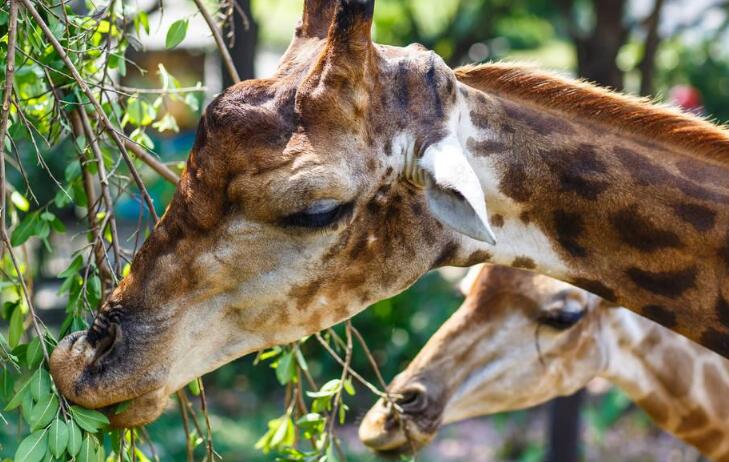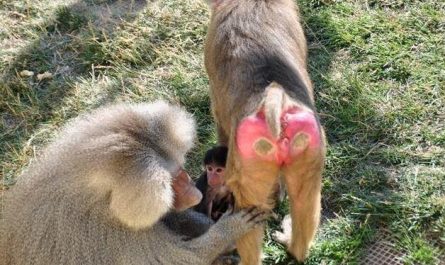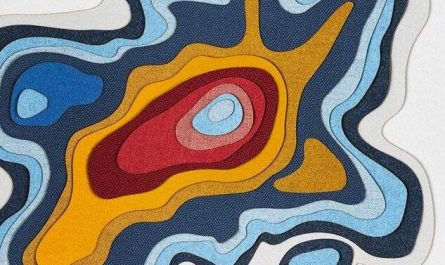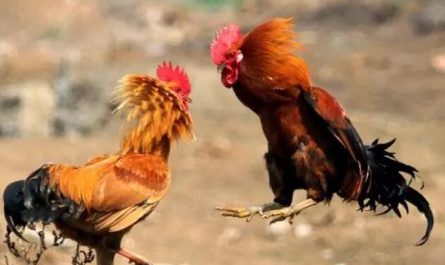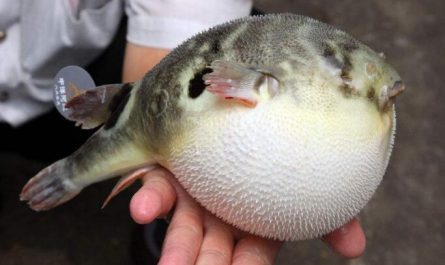Reasons why giraffes like to eat leaves
The giraffe is the tallest rare animal in the world. It is mainly distributed in Ethiopia, Sudan, Kenya, Tanzania and Zambia in Africa. It lives on the vast grasslands of tropical and subtropical Africa. However, the ancestral home of the giraffe is in Asia.
According to paleontologists, the giraffe originated in Asia. Especially in some parts of China and India, from more than 20 million to two to three million years ago, the ancestors of giraffes once lived, but the necks and legs were not as long as modern ones. Later, due to changes in the earth’s ecological environment and climate, and lack of food, giraffes with shorter necks died one after another because they could not reach the leaves of tall trees, while those with longer necks survived tenaciously.
Giraffes that inhabit tropical dry grasslands or semi-desert areas with few trees are herbivores. Leaves and twigs are their staple food. Giraffes, like cows, have no incisors on their upper jaws. They like to eat spiny Albizia leaves, and use their long tongues to cleverly roll the food into their mouths. The tongue sticks out of the mouth up to 45 cm. In addition, giraffes occasionally bite the leftover bones of hyenas to increase their intake of minerals in their food. A giraffe can eat 57 kilograms of food a day, and the food intake is very considerable.
Giraffes are herbivores and feed on leaves and twigs. Giraffes usually live in groups, sometimes mixed with zebras, ostriches, and antelopes. They are day-traveling, have a keen sense of smell and hearing, are alert and timid. They usually walk leisurely, but run fast (up to 70 kilometers per hour). Foraging in the morning and twilight, they mainly eat various leaves in the wild, especially the leaves of the genus Mimosa. A giraffe can consume 63 kg of leaves and twigs every day. It is thirst-resistant, and can not drink water for a year when the leaves are sufficiently hydrated.
Classification of subspecies of giraffe
1. Giraffe Angola subspecies: The fur pattern has large spots with gaps on the edges, extending to the entire lower limbs, distributed in Angola, the Kunena River, Zambia, and northern Namibia.
2. Giraffe Kordofan subspecies: The fur pattern is small and irregular, covering the inner legs, distributed in the west and southwest of Sudan and Kordofan.
3. Giraffe named subspecies: the spots are square, chestnut color, white background, no spots on the inner legs and below the upper limbs, distributed in Nubia, eastern Sudan, South Sudan, and northeastern Democratic Republic of Congo.
4. South African subspecies of giraffe: The spots are round and sometimes star-shaped. The background color is light brown, extending to the hoof, distributed in South Africa, Namibia, Botswana, Zimbabwe, Mozambique.
5. West African subspecies of giraffe: The fur has light yellow spots, distributed at the junction of the Niger and Benue rivers, Nigeria, and Chad.
6. Somalia species of giraffe: It has large, polygonal brown spots lined with bright white reticulation. The spots are sometimes dark red and can spread to the feet. They are the most common giraffe in the zoo. Distributed in northeastern Kenya, Ethiopia and Somalia.
7. Uganda subspecies of giraffe: The fur spots are dark brown and rectangular, with fuzzy reticulation. The lower limbs are sometimes spotted. They are distributed in Uganda, central and northern Kenya, and western Ethiopia.
8. Giraffe Zambia subspecies: The fur pattern is star-shaped spots, extending to the lower limbs, distributed in eastern Zambia, South Luangwa Valley, and northeastern Zimbabwe.
9. Giraffe Maasai subspecies: The fur pattern is like grape leaves, the edges are jagged, and the background color is dark chocolate. It is distributed in southern Kenya, Tanzania and other places.
